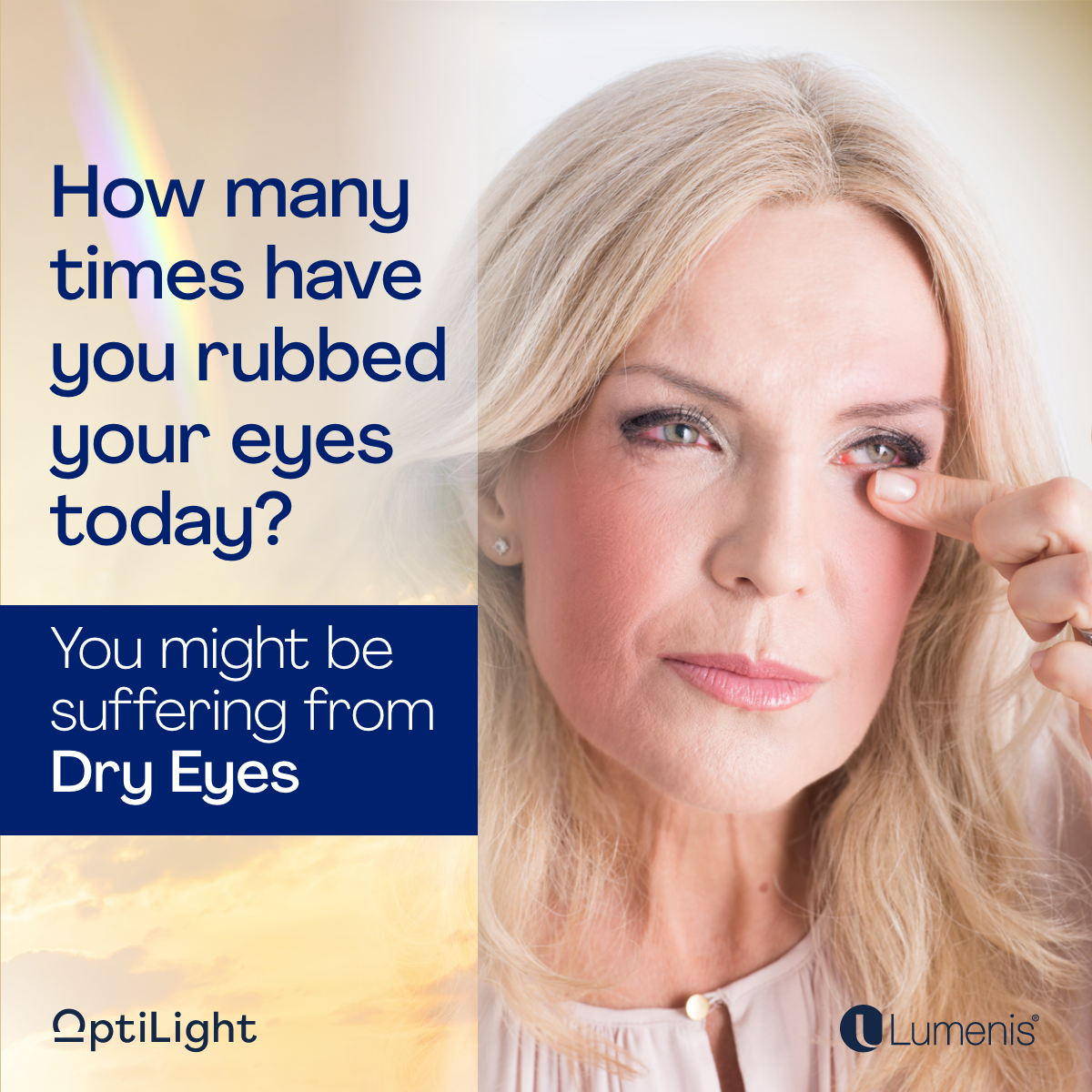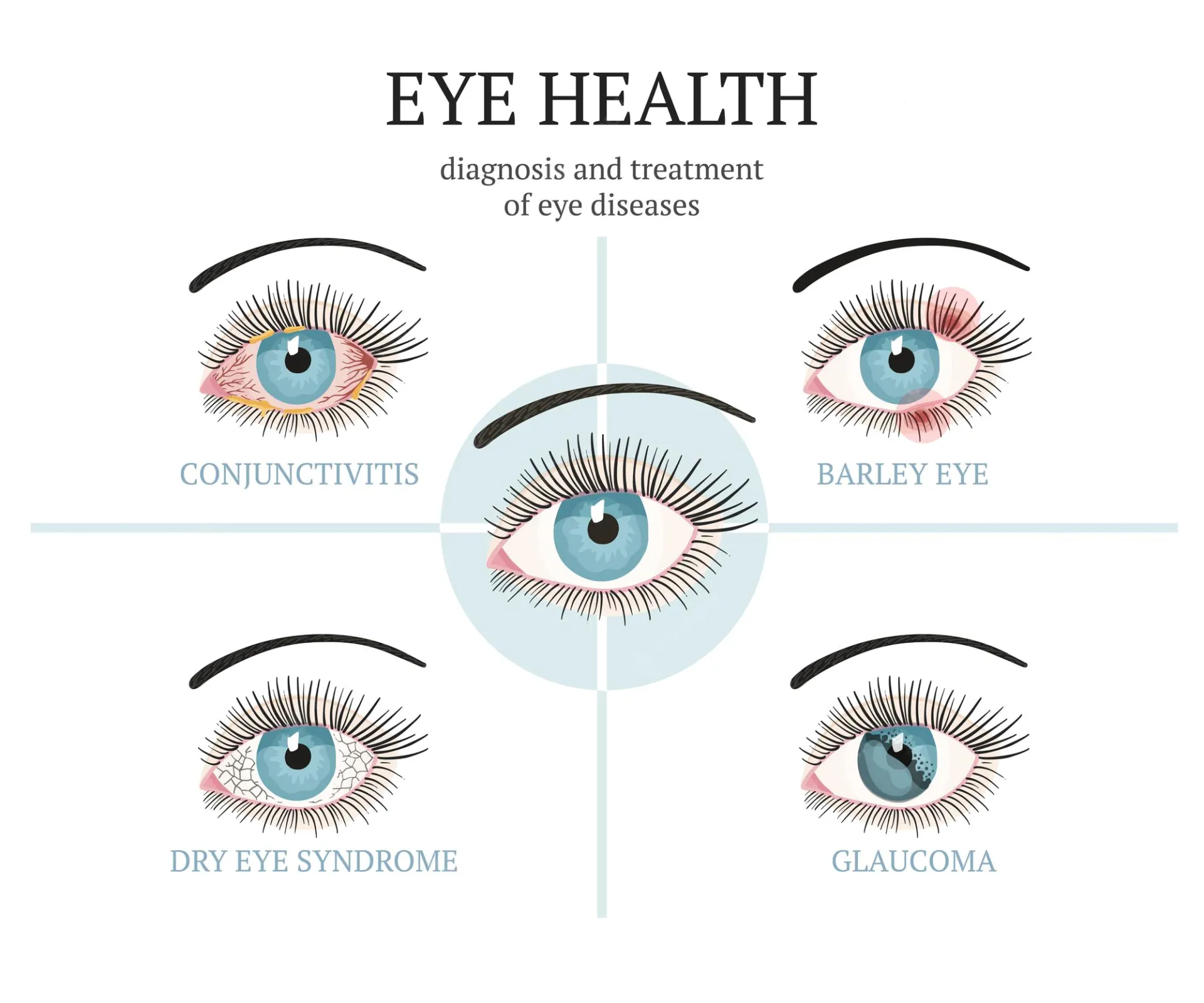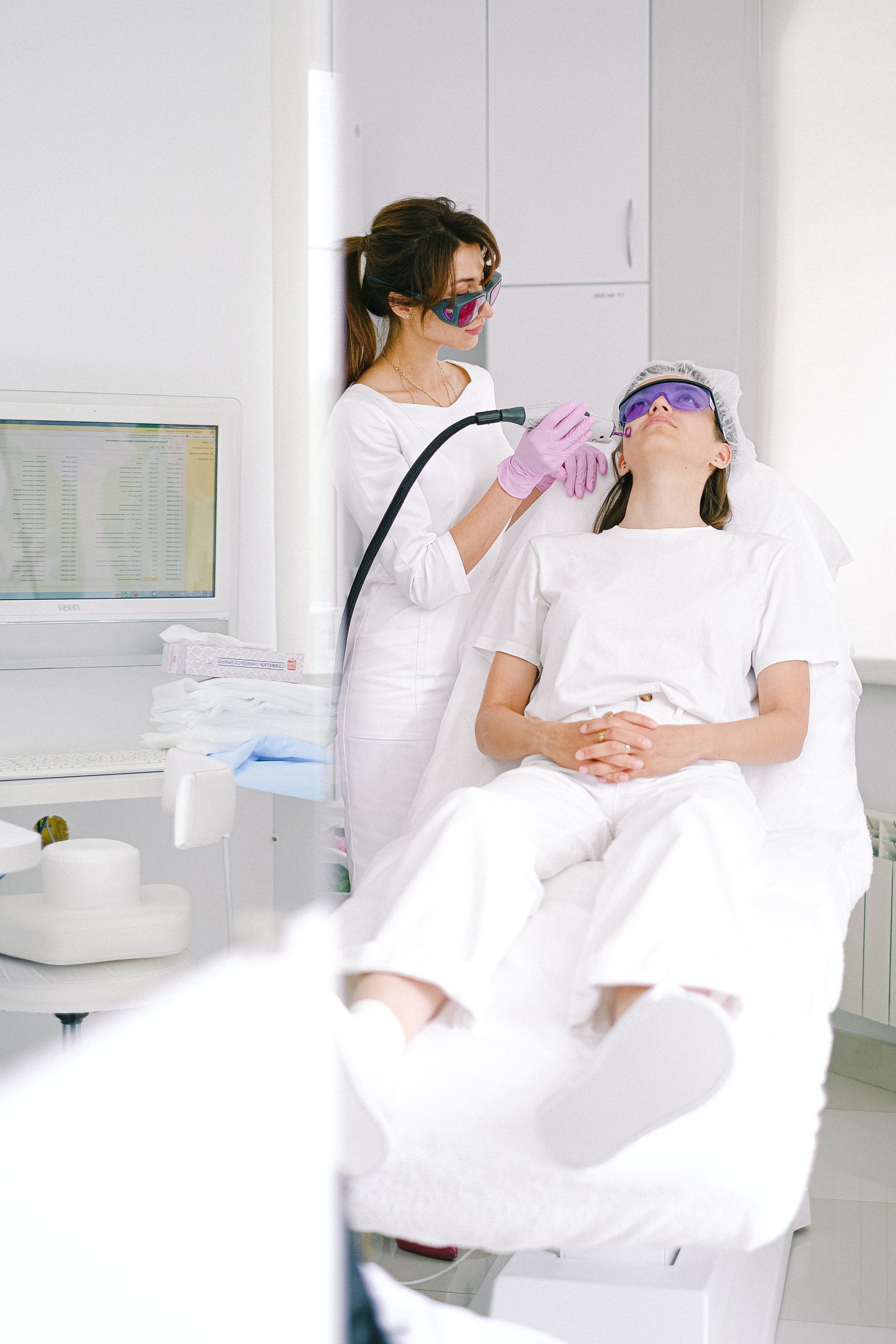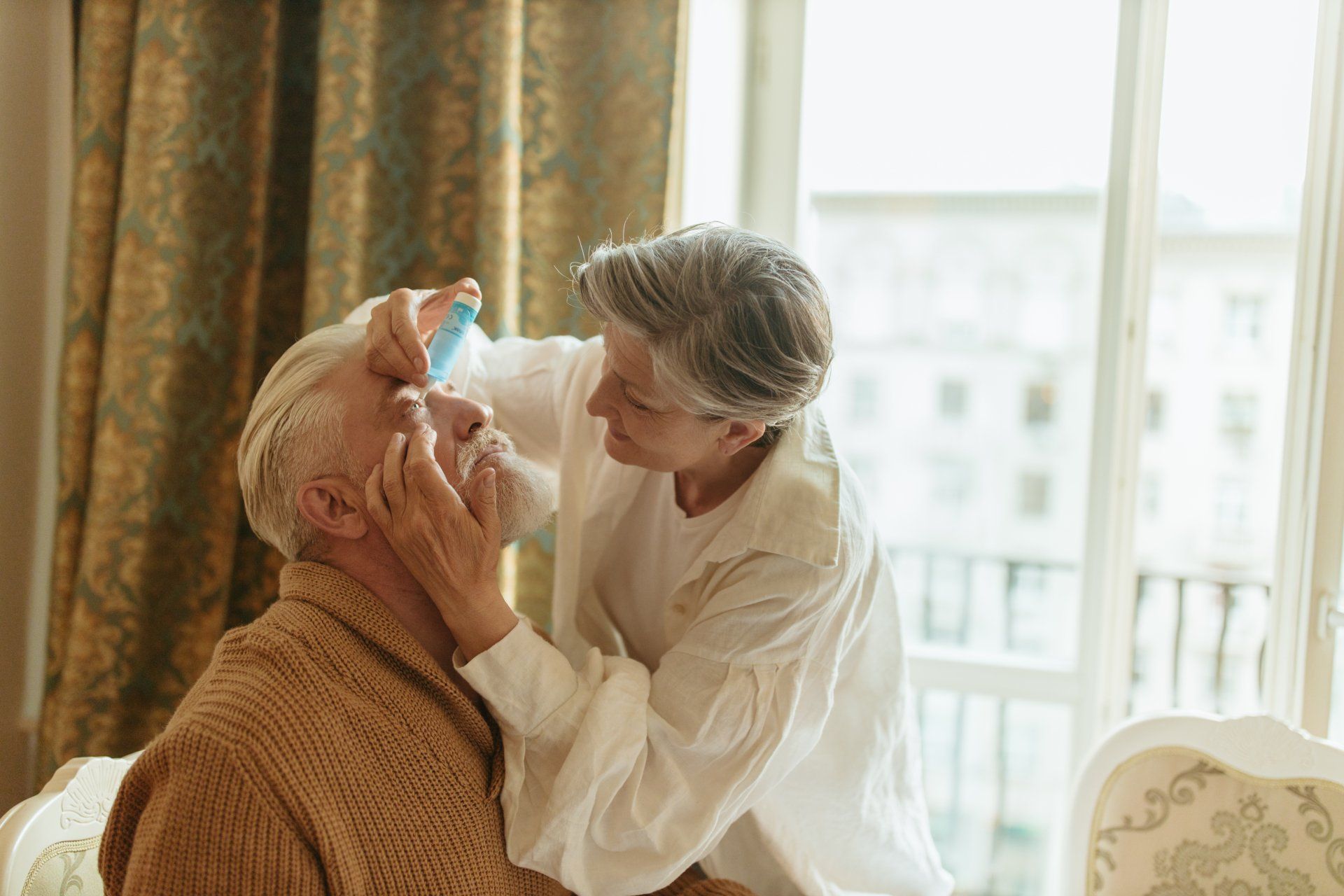Understanding Dry Eye: Causes, Types, Symptoms, and Treatment Options
What is Dry Eye?
Dry eye is a common problem that can last for a long time, especially in older people. Tears travel across the cornea, or front surface of the eye, with each blink of the eyelids. Tears lubricate the eye, lower the risk of infection, remove foreign objects from the eye, and keep the eye surface smooth and clear. The small drainage ducts in the inner corners of the eyelids are where excess tears drain into the back of the nose. When tear production and drainage are out of balance, dry eyes can occur.


Causes of Dry Eye
There are many factors that can contribute to the development of dry eye, including:
- Aging: As we get older, our bodies naturally produce fewer tears, which can lead to dry eye.
- Certain medications: Some medications, such as antihistamines, decongestants, and antidepressants, can decrease tear production and lead to dry eye.
- Certain medical conditions: Certain medical conditions, such as rheumatoid arthritis and Sjögren's syndrome, can affect the glands that produce tears and lead to dry eye.
- Environmental factors: Dry or windy conditions, as well as prolonged use of screens or other activities that require prolonged eye use, can contribute to dry eye.
- Hormonal changes: Dry eye is more common in women than in men, and may be exacerbated by hormonal changes such as those that occur during menopause.
- Lifestyle habits: People who smoke, drink alcohol, or do not get enough sleep may be more prone to dry eye.
- Contact lens use: Wearing contact lenses can cause dry eye, especially if they are not properly fitted or if they are worn for too long.
- Eyelid problems:
Certain eyelid problems, such as drooping eyelids or abnormalities in the eyelid margin, can interfere with the production and distribution of tears and lead to dry eye.
- Nutrient deficiencies: A lack of certain nutrients, such as omega-3 fatty acids, may contribute to dry eye.
- Certain medical procedures: Certain medical procedures, such as LASIK surgery,cataract surgery, or radiation treatment, can cause dry eye.
It is important to note that dry eye can often be a combination of multiple factors, and the specific cause of dry eye will depend on the individual.
Symptoms of Dry Eye
Some common symptoms of dry eye include:
- Burning or stinging sensation in the eyes
- Redness in the eyes
- A feeling of grittiness or a foreign body sensation in the eye
- Excessive tearing (which can occur as a response to the dryness)
- Blurred vision
- Difficulty wearing contact lenses
- Sensitivity to light
- Eye fatigue or tiredness
If you are experiencing symptoms of dry eye, it is important to consult with a healthcare professional for proper diagnosis and treatment.

Different Types of Dry Eye
There are two main types of dry eye: aqueous deficiency dry eye and evaporative dry eye.
Aqueaqueous Deficiency Dry Eye
Aqueous deficiency dry eye is a type of dry eye that occurs when the glands that produce tears do not produce enough tears. Tears are necessary for maintaining the health of the front surface of the eye and for providing clear vision. Without enough tears, the eyes can become dry, irritated, and uncomfortable.
Aqueous deficiency dry eye is typically caused by issues with the lacrimal gland, which is responsible for producing the majority of the aqueous (watery) portion of tears. This gland can be affected by various factors such as aging, certain medications, certain medical conditions (such as Sjögren's syndrome), and environmental factors (such as dry or windy conditions).
Evaporative Dry Eye
Evaporative dry eye is a type of dry eye that occurs when the tears evaporate too quickly due to problems with the lipid (oil) layer of the tears. Tears are necessary for maintaining the health of the front surface of the eye and for providing clear vision. Without enough tears, or if the tears evaporate too quickly, the eyes can become dry, irritated, and uncomfortable.
Evaporative dry eye is typically caused by issues with the meibomian glands, which are located in the eyelids and produce the lipid (oil) portion of tears. The lipid layer helps to slow down the evaporation of the aqueous layer, so when it is not functioning properly, the tears evaporate more quickly, leading to dryness and irritation. This type of dry eye can be caused by various factors such as aging, certain medications, certain medical conditions, and environmental factors (such as dry or windy conditions).
Treatments
IPL (Intense Pulse Light)
IPL, or intense pulsed light, is a non-invasive treatment for dry eye that uses high-intensity light to reduce inflammation and stimulate the production of healthy tears.
Medicated Drops
Eye drops for dry eye are a type of medication that can be used to lubricate the eyes, reduce inflammation, and/or increase tear production in order to relieve dry eye symptoms.
At Home Remedies
Some benefits of at-home dry eye remedies include increased comfort and relief from dry eye symptoms, improved vision, and potentially reducing the need for medication or more invasive treatments.



